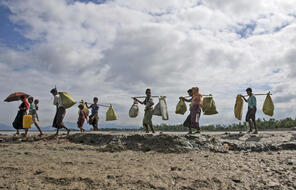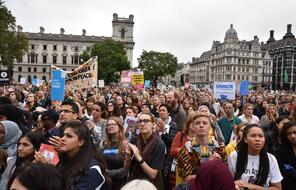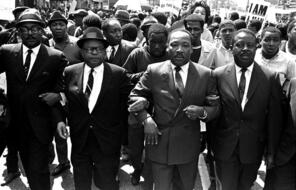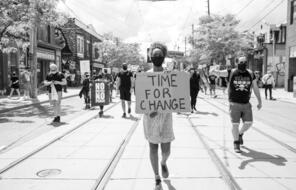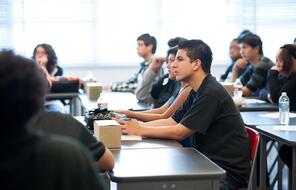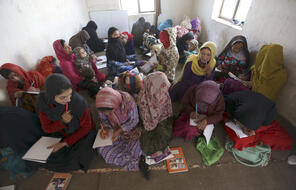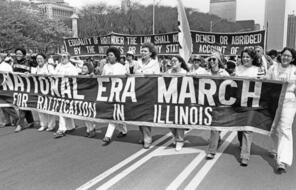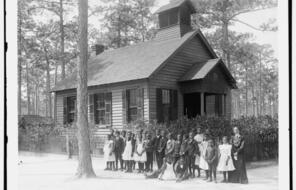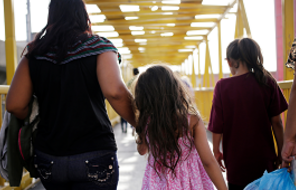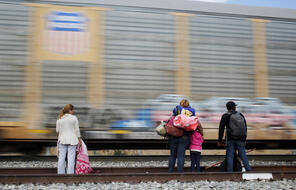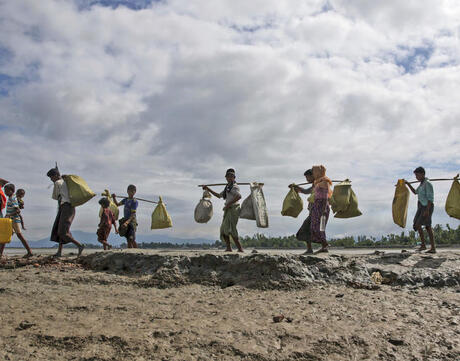
Understanding the Conditions that Lead to “Ethnic Cleansing"
At a Glance
Language
English — USSubject
- Social Studies
Grade
6–12Duration
One 50-min class period- Human & Civil Rights
Overview
About This Lesson
In 2017, the Rohingya, a Muslim ethnic group in majority Buddhist Myanmar, have been attacked, driven from their homes, and often killed by the military as part of what observers are calling a campaign of ethnic cleansing. This lesson will help students understand the news from Myanmar by asking them to read and analyze a September 2017 article from the New York Times. The article will introduce them to key concepts such as nation and self-determination and explain the relationship of these ideas to the conditions that make ethnic cleansing possible.
For additional background on the history of the Rohingya and the events leading up to the 2017 crisis, read The “Ethnic Cleansing” of the Rohingya from the Washington Post. Look for additional lessons from Facing History about the ongoing persecution of the Rohingya in coming weeks. Also, teachers might need to pre-teach the following terms if students have not yet been exposed to them in previous lessons or units: alien, disenfranchise, genocide, nation vs. state, self-determination, and sovereign.
Lesson Plans
Activities
Extension Activities
Materials and Downloads
Resources from Other Organizations
Additional Resources
Unlimited Access to Learning. More Added Every Month.
Facing History & Ourselves is designed for educators who want to help students explore identity, think critically, grow emotionally, act ethically, and participate in civic life. It’s hard work, so we’ve developed some go-to professional learning opportunities to help you along the way.
Exploring ELA Text Selection with Julia Torres
On-Demand

Working for Justice, Equity and Civic Agency in Our Schools: A Conversation with Clint Smith
On-Demand

Centering Student Voices to Build Community and Agency
On-Demand


